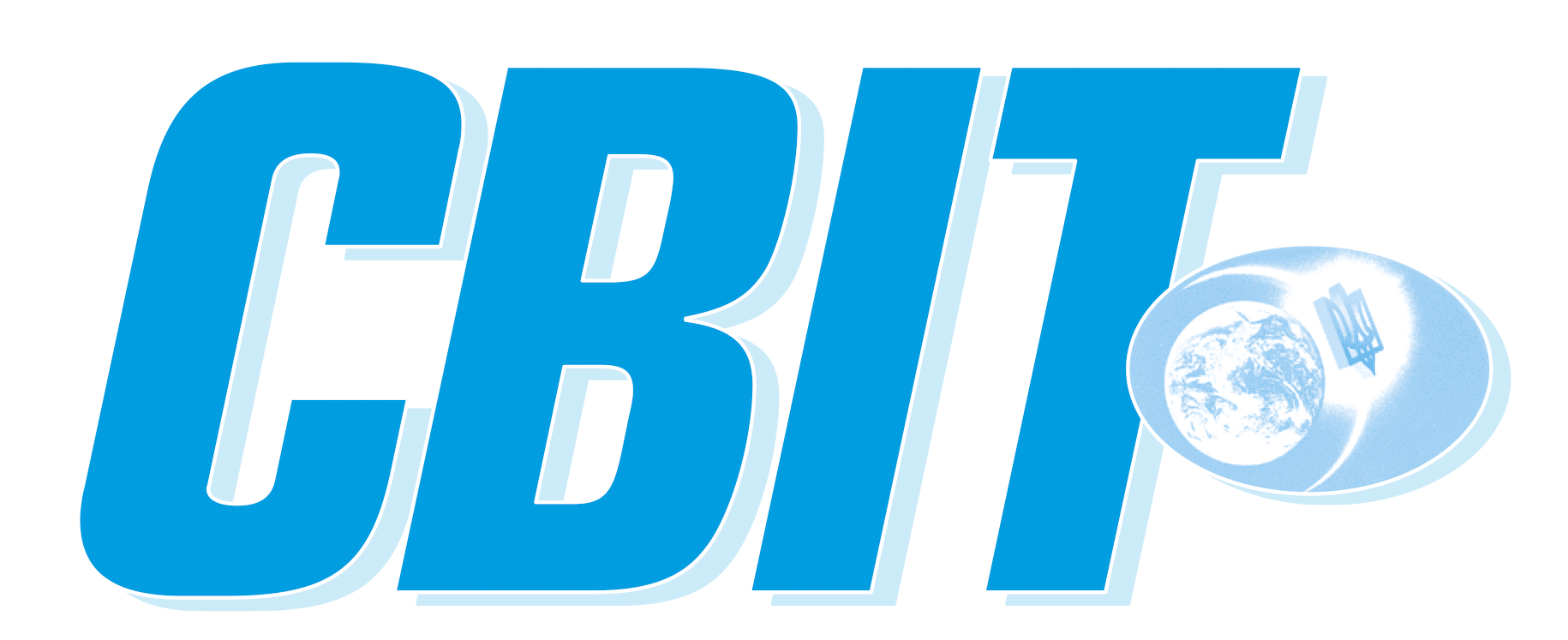The need to detect extremely small amounts of substances, both useful and dangerous molecules is not a new problem. But today, during epidemics, terrorist threats and other challenges, it is necessary to detect chemicals, biomolecules, viruses and bacteria as quickly and accurately as possible.
This is the study performed by scientists at the V. Ye. Lashkaryov Institute of Semiconductor Physics and the Institute of Food Biotechnology and Genomics, NAS of Ukraine.
The project supervisor, Volodymyr Dzhagan, said that scientists at the Department of Optics and Spectroscopy have long been interested in SERS (Surface Enhanced Raman Scattering). Scientists have significant achievements and publications in international journals, but there was not enough funding for a “breakthrough” in this area. Therefore, the announcement of the NRFU calls was perceived by scientists as a chance to do what they had planned for a long time.
Decisions for the future
The project is carried out by ten researchers representing three fields of science: physics, chemistry and biology. “It is interdisciplinarity that is one of the strengths of our team and project”, Volodymyr Mykolayovych emphasizes. – By the way, I was convinced of the importance of interdisciplinary approaches while working in foreign laboratories. Now, thanks to the grant support of the NRFU I have the opportunity to share my experience with young colleagues”.
Fast, accurate, inexpensive
What is the essence of the project? What do scientists want to do?
– Simply put, we want to explore the basic (fundamental) physical mechanisms for further development of an accurate and convenient method of detection (search) of biomolecules or pathogens, – explains the scientist. – This is important for many areas of human life – from product quality control to epidemiological or terrorist threats.
Scientists analyze laser radiation scattered on the surface of a solid body or in a liquid, where there may be a biomolecule or pathogen that needs to be detected.
– In the project we proposed to combine an innovative approach to the development of nanostructured surfaces and their functionalization (application of a special substance), – explains Volodymyr Mykolayovych. – In fact, we research and offer a new type of reinforcing surfaces that work on the basis of a substrate (thin plate) of glass or polymer, covered with a layer of nanoparticles of precious metal. Unlike the technologies developed earlier (including by our group), the sensor surfaces of these substrates are not convex islands, but recesses of submicron size (so-called “inverted nanoislands”), covered with gold or silver nanoparticles.
Scientists are convinced that with the help of such a structure it is possible to improve the homogeneity of the application of the test substance and increase the number of “hot spots” (where the necessary molecules or pathogens gather).
Expand the “range” of molecules
Is it possible to implement the plan? What has been done for today?
The project supervisor said that his group is still halfway through (it is still more than a year before the end of the project), but has already managed to invent micron and submicron structured surfaces that can enhance light scattering. And also – to functionalize these surfaces. The result is a significant signal amplification from certain biomolecules.
Expensive equipment was purchased with grant funding: a modern sensitive and fast detector for recording light scattering spectra; a laser to excite these spectra; spectrometer for measuring the parameters of biomolecules available in very small volumes.
The scientist is convinced that this investment is of a great importance not only for the, but also for improving the level of research of the entire institute. “And for the country, the purchase of equipment with grant funding means the opportunity to “equip” many scientific institutions with modern devices,” – said Volodymyr Dzhagan. “This is a powerful positive effect from the activities of the NRFU”.
Formal requirements are by no means a formality
We ask Volodymyr Mykolayovych: what is needed to win the call?
The scientist replied that he advised to pay attention to seemingly well-known things and formal requirements.
From his own experience of the project, Volodymyr Dzhagan advised to prescribe the scope of work as carefully and realistically as possible. In other words, take into account not only the professionalism of the team and its potential, but also the fact that unforeseen obstacles may arise.
